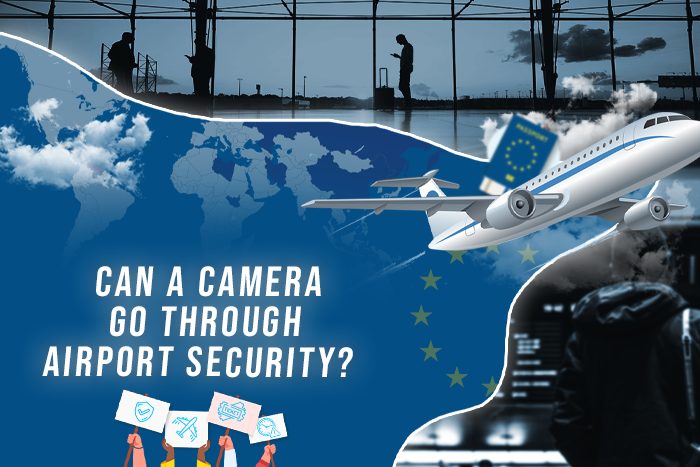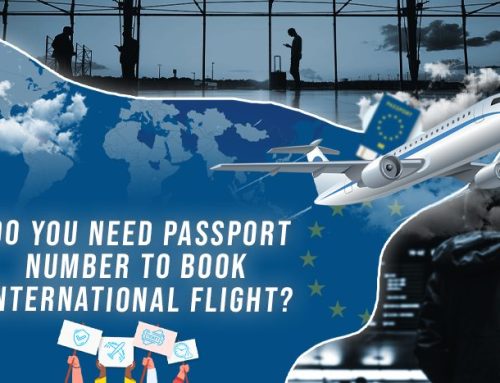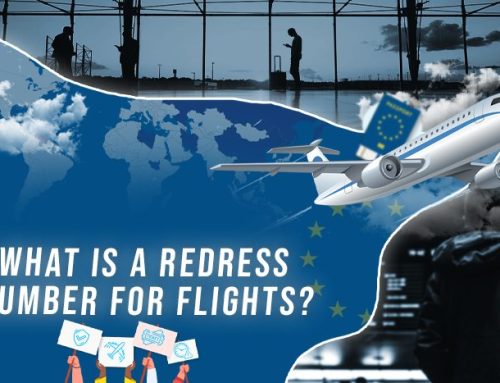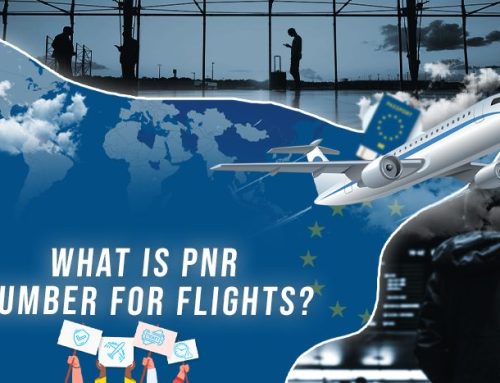Airport security has numerous rules that dictate the carrying of almost all the items regarding our daily use. From the sizes of aerosol canisters, tubes, and bottles containing liquids to batteries, medications, and cash and how to carry each item when you are travelling by air. Often simple things can trigger the alarm systems and delay you from boarding your flight. To avoid such events, it is best to go through the list of items that the federal and local governments prohibit so you can pass through customs and security without any hassle.
Many people are concerned about carrying a camera through customs. Digital cameras and DSLRs have batteries that might be deemed unsafe, or the camera might be damaged after passing through the security checkpoints. If you want to know whether you can carry a camera with you through an airport, or are worried about damaging your camera lens after exposure to X-rays, keep reading to find out airport regulations regarding cameras and how to keep your device safe.
Key Takeaways
- Cameras are allowed to be carried through airport security and are not considered a security threat. X-ray scanners used to scan luggage will not damage the camera, whether it is a digital or DSLR camera, or a polaroid camera.
- It is recommended to pack your camera in a carry-on to keep it safe and avoid potential damage to the device. Checked luggage can be transferred to the hold where it may be damaged or lost.
- Accessories such as lithium batteries should be packed separately to avoid any issues during the security check. Larger items such as tripods and drones can be packed with the checked luggage but should be labelled as “fragile” to ensure extra care.
- Professional photographers can carry their equipment across the airport and past security, but it is important to follow regulations to avoid any issues.
- By following these simple guidelines, you can travel with your camera safely and without any hassle at airport security.
Cameras And Airport Security
Many professional photographers travel across cities and countries because of their profession. If they have a project in a different country or state, they will have to carry their equipment across the airport and past the security. Air travel can often mean unpleasant surprises regarding the items you are carrying and usually will not be allowed to board a flight unless you get rid of your equipment. Thankfully, digital or otherwise cameras are not included in the list of items that customs can flag.
Scanners at airports use X-rays to scan checked and carry-on luggage. These rays are not harmful to the camera and will not damage the lens or any other part, whether the camera is digital, a DSLR, or a polaroid camera. However, it is recommended to pack your camera in the carry-on so you can keep an eye on it and keep it safe. Cameras are expensive, and losing them or getting them damaged can be a huge liability. Checked luggage is transferred to the hold where the bags and suitcases are piled. Packing your camera in such a bag is a definite way of getting it destroyed. Additionally, bags are selected for random checks at airports, and security officials are allowed to open up any bag they consider suspicious. The bags are then transported to the airline through baggage handlers. After passing through so many hands, if any of your items go missing, there is no way to know who took them.
Camera Accessories And How To Pack Them
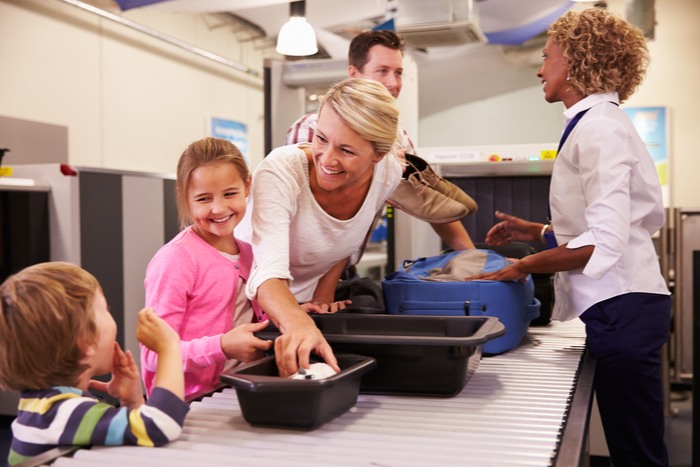
While it is advised that the camera be packed in carry-ons to avoid damaging the delicate parts of the device, the accessories such as batteries, tripods, and drones do not need to follow suit. Most cameras use lithium batteries. Having these batteries loose in your checked luggage is prohibited as they can get overheated and catch fire. Since they are a fire hazard, these batteries need to be adequately packed. Otherwise, they’ll either be removed from the luggage, or you’ll be asked to transfer them to your carry-on. The best way to pack these is in a separate compartment in your camera bag so you don’t lose them and also won’t be asked to move them.
Tripods and drones are larger and hence may not fit into a carry-on. These are better packaged with the rest of the checked luggage as there are no rules prohibiting this. Tripods are often made of sturdy material that can withstand considerable force. Not only that, they can fit into larger suitcases, and even if they get damaged, replacing a tripod is nowhere near as expensive as replacing a camera. A drone will need to be packaged properly and labelled with a Fragile sticker so the luggage handlers can be extra careful with that particular bag.
Frequently Asked Questions
-
Can I carry a camera with me through airport security?
Yes, cameras are allowed to be carried through airport security and are not considered a security threat.
-
Will X-ray scanners used to scan luggage damage my camera?
No, X-ray scanners used to scan luggage will not damage your camera, whether it is a digital or DSLR camera, or a polaroid camera.
-
Should I pack my camera in my checked luggage?
No, it is recommended to pack your camera in a carry-on to keep it safe and avoid potential damage to the device.
-
Can I pack camera accessories in my checked luggage?
Accessories such as lithium batteries should be packed separately in a camera bag to avoid any issues during the security check. Larger items such as tripods and drones can be filled with checked luggage.
-
Can I travel with my professional camera equipment?
Yes, professional photographers can carry their equipment across the airport and past security, but it is important to follow regulations to avoid any issues.
